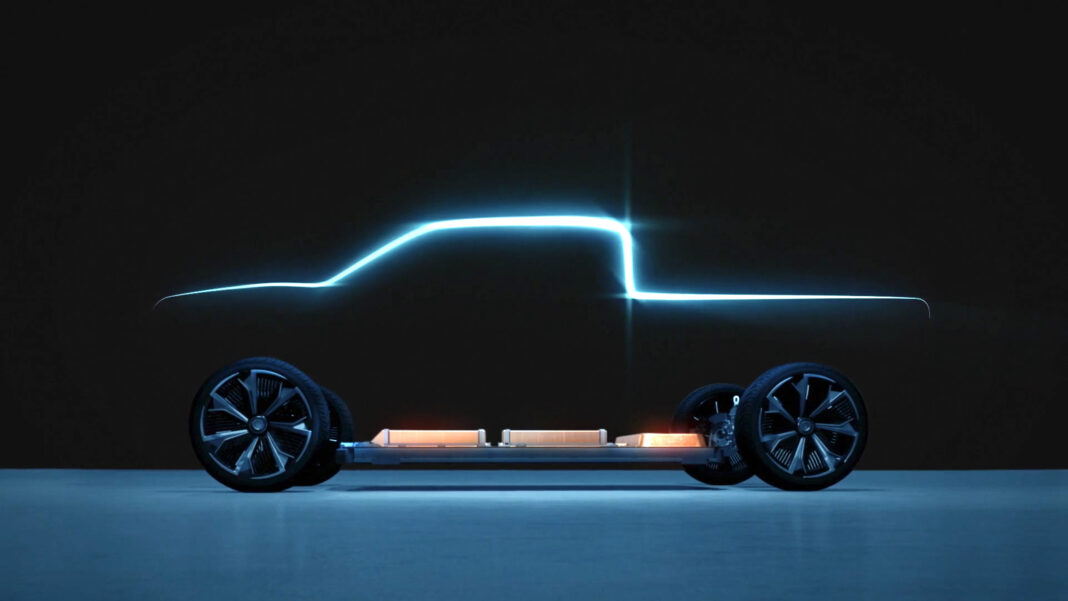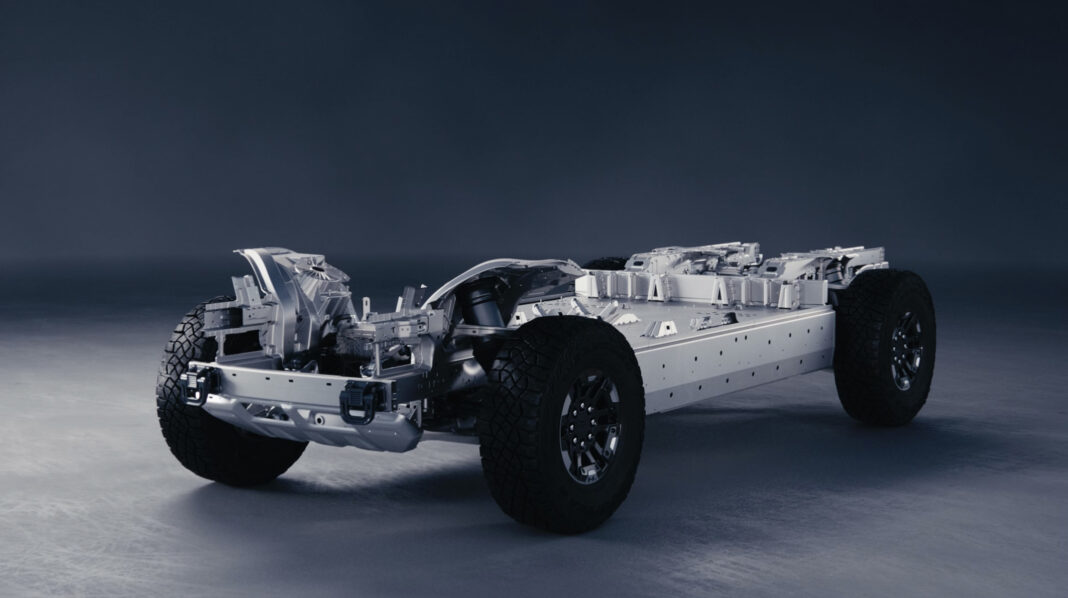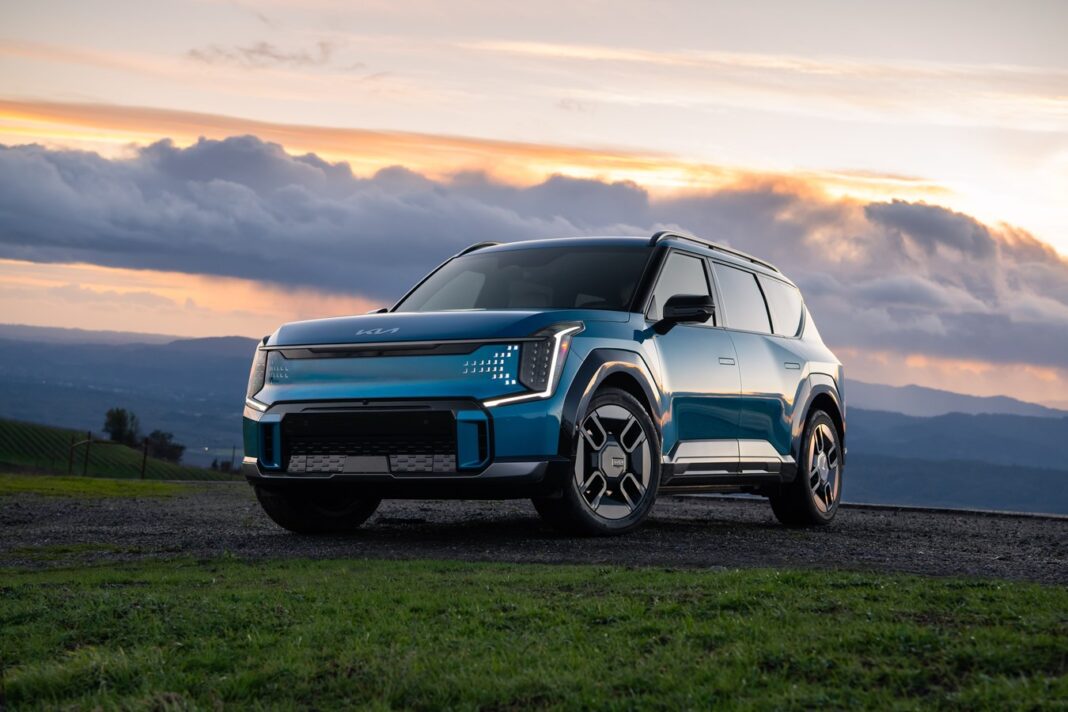General Motors is investigating a new way of configuring prismatic battery cells to improve cooling characteristics.
A patent filing from the automaker published by the United States Patent and Trademark Office (USPTO), dated Dec. 26, 2024 but originally filed by GM Jun. 23, 2023, details stacking of layers in an inverted “U” shape, as opposed to the rolled or stacked layers used in current prismatic cells.
This format creates higher thermal conductivity in the horizontal direction in the upper part of the cell for better heat dissipation, as well as in the vertical direction near the bottom of the cell, potentially increasing the effectiveness of cooling systems when they’re installed in a pack, GM claims.

General Motors inverted
The inverted “U” stack also increases thermal delay time within the cell, causing heat to spread more slowly, according to the filing. Even if the cell overheats, the peak temperature should thus stay lower and potentially be more contained, GM claims, adding that this allows for a thermal response barrier that’s 50% thinner.
That could in future cell designs help reduce cell size, or boost energy density by cramming more active material into that space. And to tease out a greater advantage, pack size might also be smaller due to those reduced cooling needs.
But the cell format proposed here is also a more complex shape that could present manufacturing challenges, which might explain why the big battery manufacturers haven’t tried it yet.

General Motors inverted
GM already appears to be on a path to use pouch, cylindrical, and prismatic cell formats, all at once, in its production EVs, and it’s emphasized that flexibility. It’s also considered some odd cell shapes in previously filed patents, also with an eye toward improved cooling.
Tesla, Lucid, and Rivian have all chosen to emphasize cylindrical cells—with apparent advantages in range and efficiency. BMW is also set to use cylindrical cells in its next-generation Neue Klasse EVs, the first of which recently entered pre-production ahead of a planned 2025 debut, with promises of substantially increased energy density.




